-
Pingback: Our 10 Most Popular Blog Posts of 2019 – BarnManager
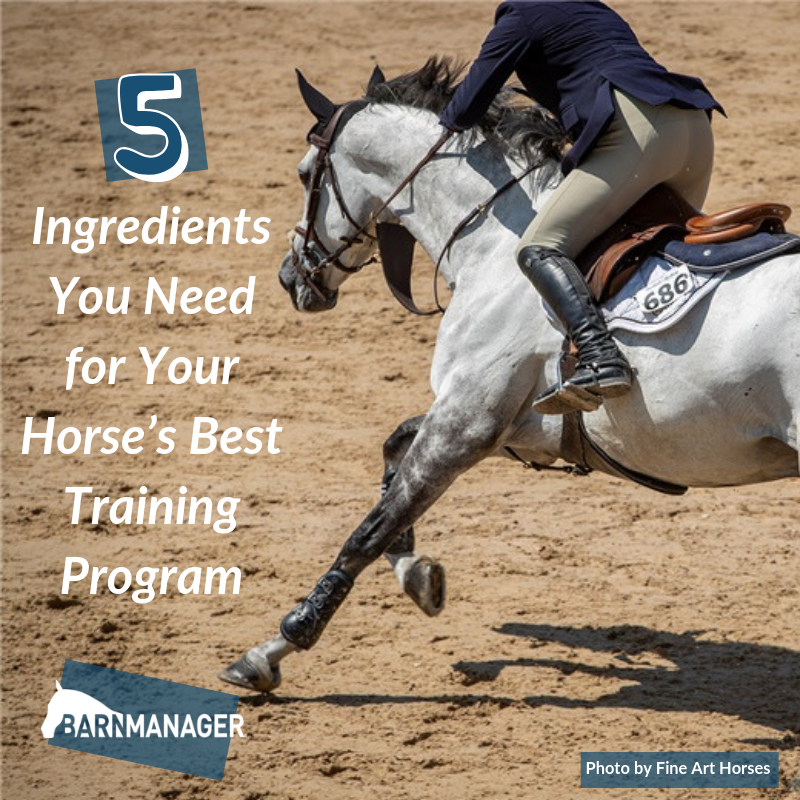
Five Ingredients You Need for Your Horse’s Best Training Program
By Caitlyn Shiels, True North Stables
In every show season, there are certain events for which we want our horses to be at their absolute best. One of the most important skills a trainer or rider can have is knowing how to prepare a horse to peak at a certain competition, whether it be an important indoor show or a particular class.
Expecting our horses to perform their best means preparing them to the best of our abilities with the best possible training program for their needs. For any horse that comes into our barn at True North Stables – be it a hunter, jumper, or equitation horse – I create a routine that is specifically best suited for them. There are, however, five key ingredients that I’ve found are important across the board.
1) Clear goals
First, I think it’s important to set attainable goals for the horse, and assuming that they are competition-oriented objectives, look at those goals on a calendar. What events are most important to you as a rider or trainer? And what events are realistic for your horse?
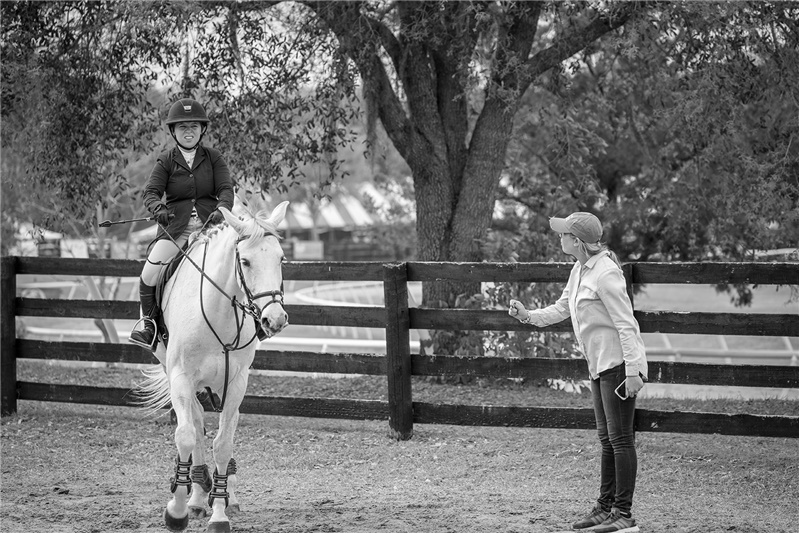 Caitlyn Shiels with student Marisa Malevitis. Photo by Fine Art Horses
Caitlyn Shiels with student Marisa Malevitis. Photo by Fine Art Horses
The realistic part is important; take into consideration factors such as your horse’s capabilities and your time and budget. Once you have your sights set on what’s important to you for the horse, you can build your training program around that goal.
2) A focus on fitness in various forms
This one is no secret, but just as we wouldn’t be able to hop up and win an 800-meter hurdles race after months of sitting around, we can’t expect our horses to go out and jump or compete well if they haven’t been properly conditioned. Similarly, just as a human athlete may train legs one day and upper body another, it’s important to vary your horse’s fitness regime. What this may look like for each horse will inevitably vary, but your program could – and should – include some of the following:
Low-intensity work – This might be walking on a hot walker or treadmill, trail riding, or light hacks in the ring.
Flatwork, flatwork, and more flatwork – We don’t jump our horses very much at home. Instead, we place an emphasis on building fitness and a strong foundation on the flat. This is different than the low-intensity hacks or trail rides mentioned above, as you should be flatting with intention during these rides, keeping your horse engaged and varying your movements and what you’re working on. Depending on the horse, I might incorporate exercises such as lateral movements, counter-cantering to work on balance and engaging the hind end, or a focus on transition work.
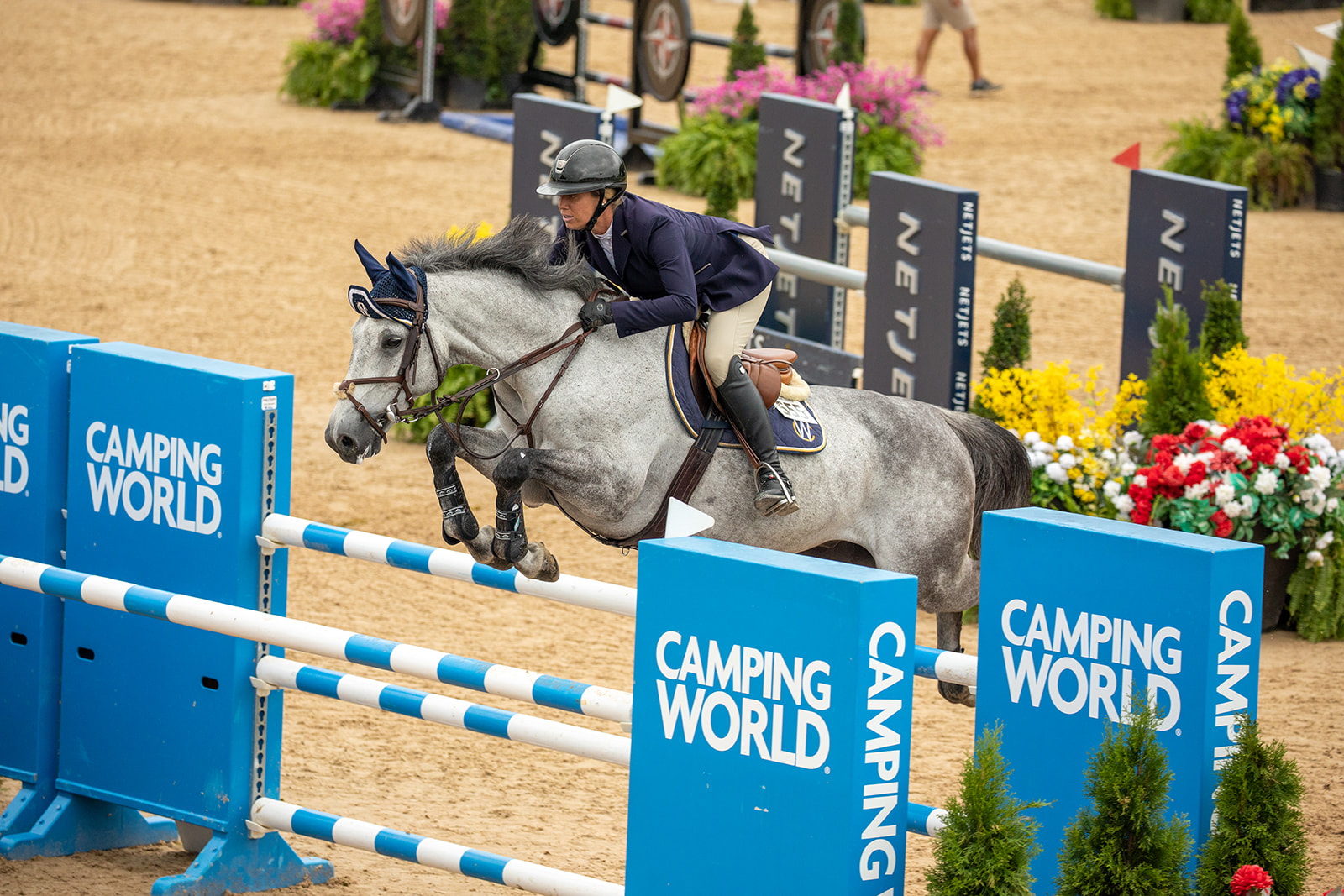 Caitlyn Shiels incorporates various forms of fitness work into the programs for all of her horses, including
Caitlyn Shiels incorporates various forms of fitness work into the programs for all of her horses, including
Corporate Way LLC’s Incorporated, pictured. Photo by Fine Art Horses
Ground poles, cavalettis, and grid work – When we do incorporate fences at home, it’s often in the form of specific, shortened exercises rather than full courses. Straightforward ground pole work can also be extremely beneficial in encouraging a horse to develop better rhythm and balance through the hind end, as well as improving timing and adjustability, and cavalettis and grid work can be set for specific areas of focus.
3) An emphasis on knowing the horse
To me, this is the number one key to success in any training program and the most important ingredient that you need. Really knowing your horse and creating a program accordingly can go such a long way!
Just as humans all respond differently to the same situations or learn differently, our horses do too. For instance, my mount for Derby Finals, Durpetti Equestrian LLC’s Cassius, does not do as well in a highly-structured program that works extremely well for some of our other horses. High pressure or more difficult situations like complicated grid work make him nervous, and really focused flatwork several days in a row makes him sour. So instead, his weekly routine and fitness program is more relaxed than many of our other horses. He’s still kept fit, but many days he’s allowed to go around more casually or with his nose poked out a bit just enjoying the ride. He’s the happiest he’s ever been and jumping the best he ever has!
When you truly know your horse’s personality and idiosyncrasies and tailor your program to them, you’re far more like to achieve success in the show ring.
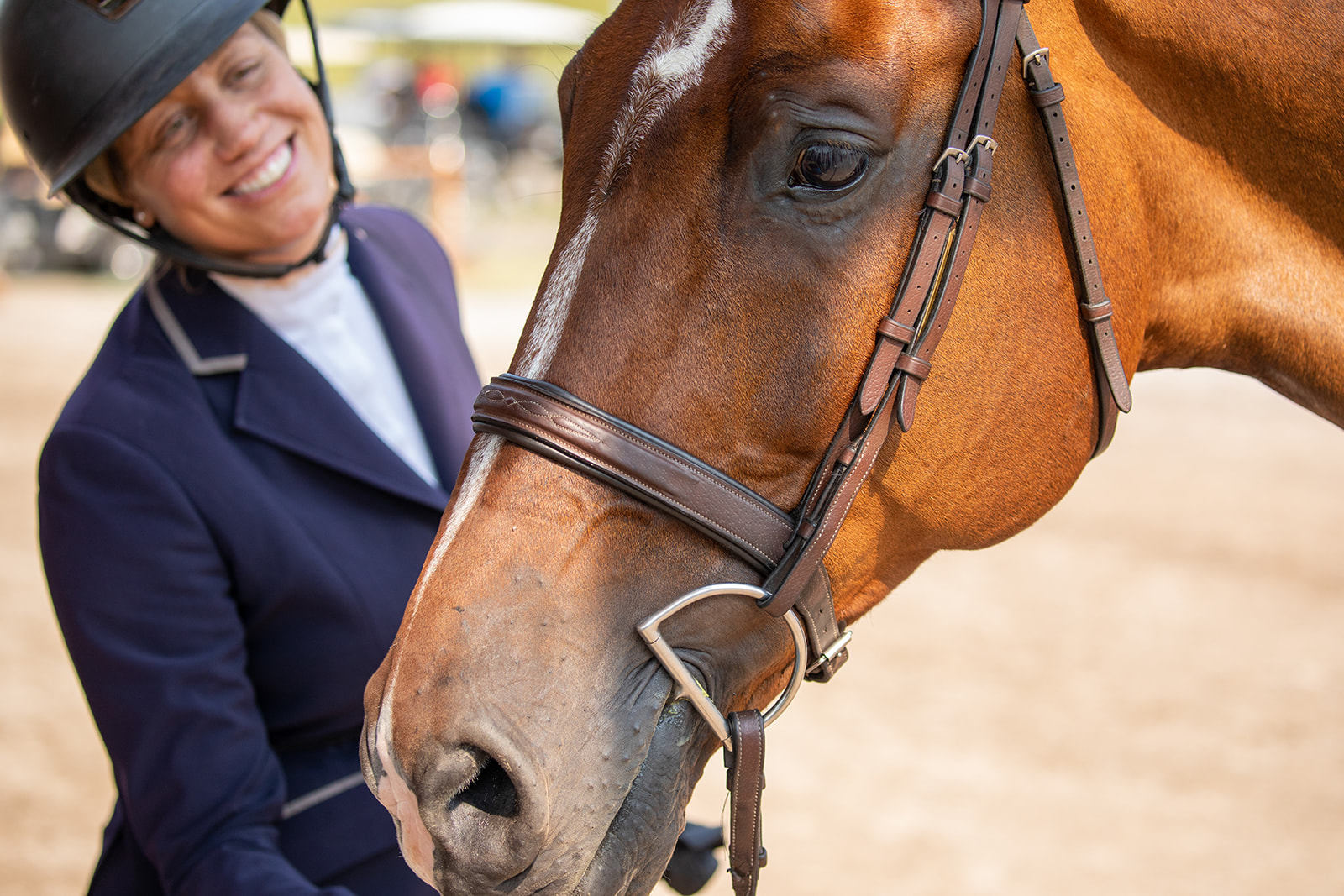 Caitlyn Shiels and Durpetti Equestrian LLC’s Cassius. Photo by Fine Art Horses
Caitlyn Shiels and Durpetti Equestrian LLC’s Cassius. Photo by Fine Art Horses
4) The addressing of weaknesses
In knowing your horse, it’s also important to know what its weaknesses are and address them through your training program. If your horse is weak behind, maybe it’s time to incorporate more hill work. I have one young horse that arrived not quite as strong on his left lead as he is on his right lead, so some of the exercises that I’m doing at home involve big cross-rails with landing poles that make him really think about his shape. The only way to strengthen those weaknesses is to effectively and consistently work on them!
5) Fun!
If you’re not able to also enjoy the process and have fun along the way to your goals, your horse is not the only one who isn’t going to want to perform! Have fun with your training program; reflect on and celebrate your horse’s progress, and don’t get hung up on plateaus or frustrations. At the end of the day, this sport and your training should bring enjoyment for both you and your horse!
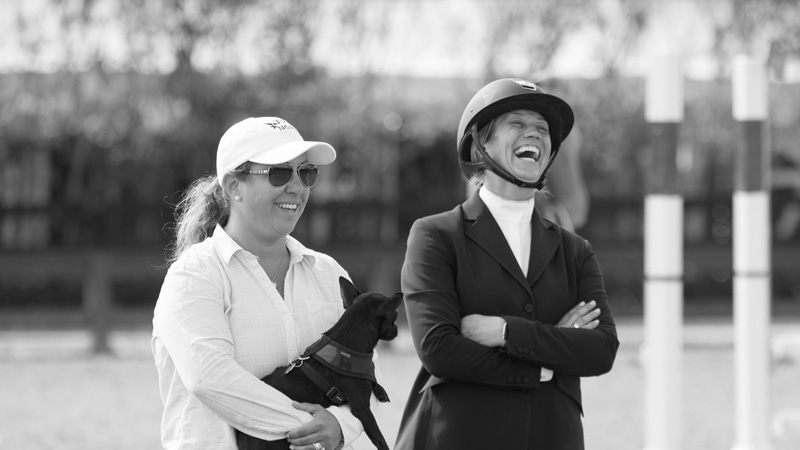 Michelle Durpetti and Caitlyn Shiels. Photo by Fine Art Horses
Michelle Durpetti and Caitlyn Shiels. Photo by Fine Art Horses
Best of luck, and happy training!